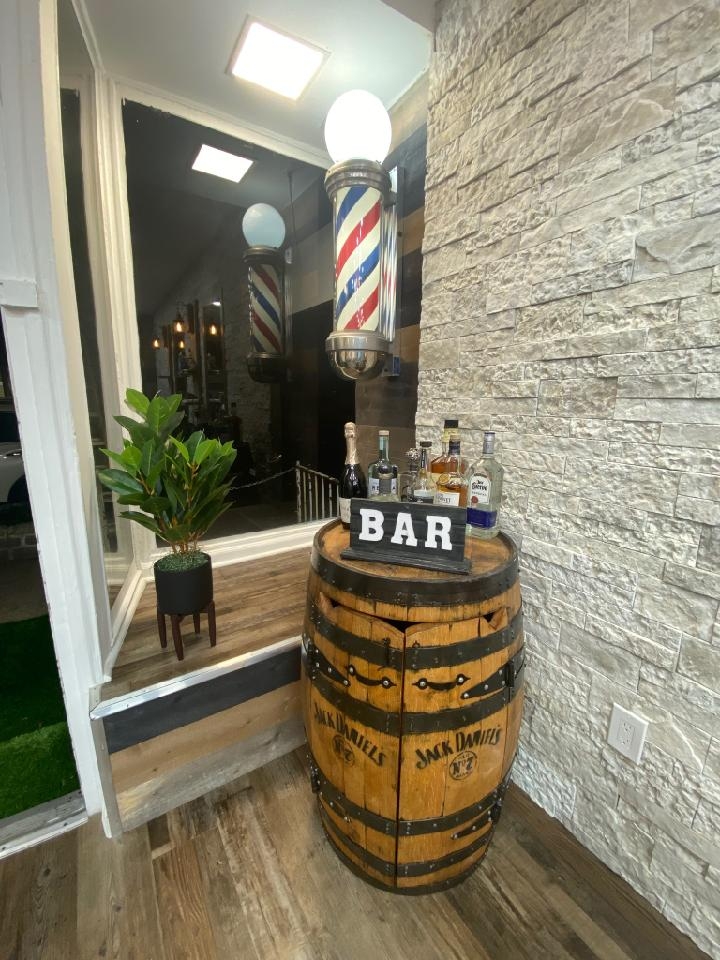

Using a safety razor over a disposable razor offers several benefits, including cost-effectiveness, environmental sustainability, and a closer shave. Safety razors have a durable metal handle that can last a lifetime with proper care, eliminating the need to constantly purchase plastic disposable razors. Additionally, safety razor blades are typically made of recyclable materials, reducing waste compared to disposable razors. The design of a safety razor also allows for a closer shave, resulting in smoother skin and less irritation.
To maintain optimal performance, razor blades should be replaced regularly. The frequency of blade replacement depends on how often the razor is used and the thickness of the hair being shaved. On average, it is recommended to replace razor blades every 5-10 shaves to ensure a sharp and effective shave. Using dull blades can lead to skin irritation, nicks, and cuts, so it is important to replace them in a timely manner.
https://podcasts.apple.com/us/podcast/mr-tapers-barber-life/id1678890979?i=1000647933253
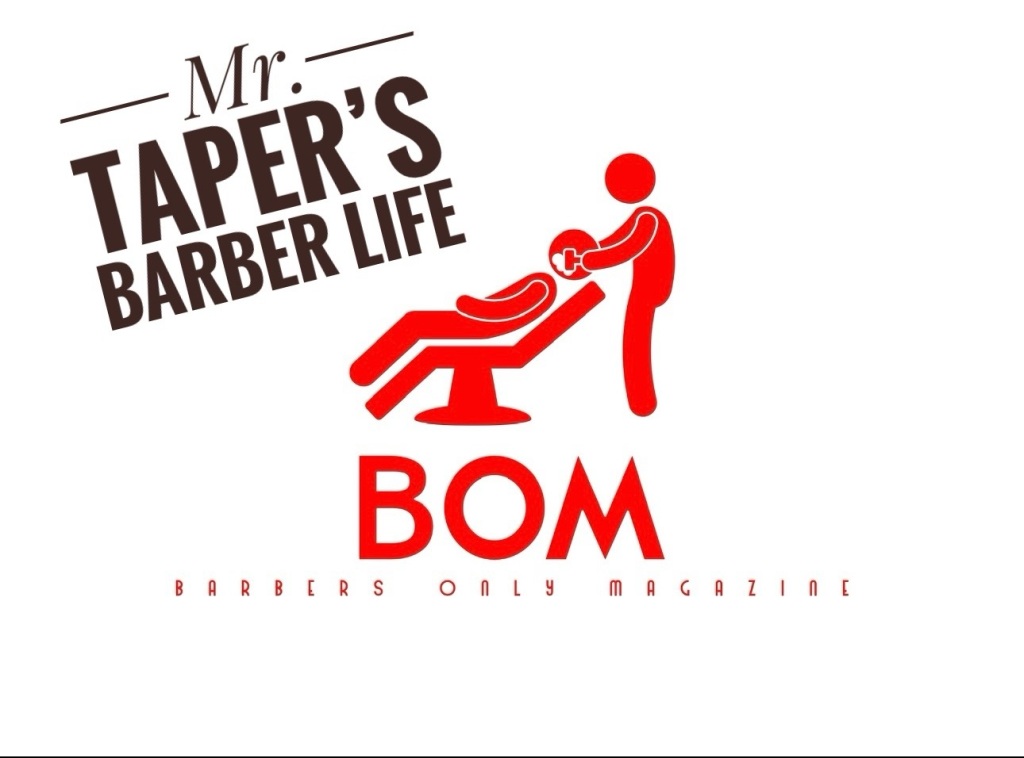
Posted by on 2024-03-11
Tax write-offs for barbers can be a great way to save money on taxes. Barbers can take advantage of a variety of deductions and credits to reduce their taxable income and save money. Here are some of the most common tax write-offs for barbers in 2024. 1. Professional Expenses: Barbers can deduct expenses related to […]

Posted by on 2024-01-02
youtube.com/watch
Posted by on 2023-11-13
Razor blades are considered hazardous waste and should not be recycled in regular household recycling bins. However, there are specialized recycling programs that accept razor blades for proper disposal. Some companies offer blade take-back programs where used blades can be sent back for recycling. It is important to check with local recycling facilities or razor manufacturers for specific guidelines on how to dispose of razor blades safely.
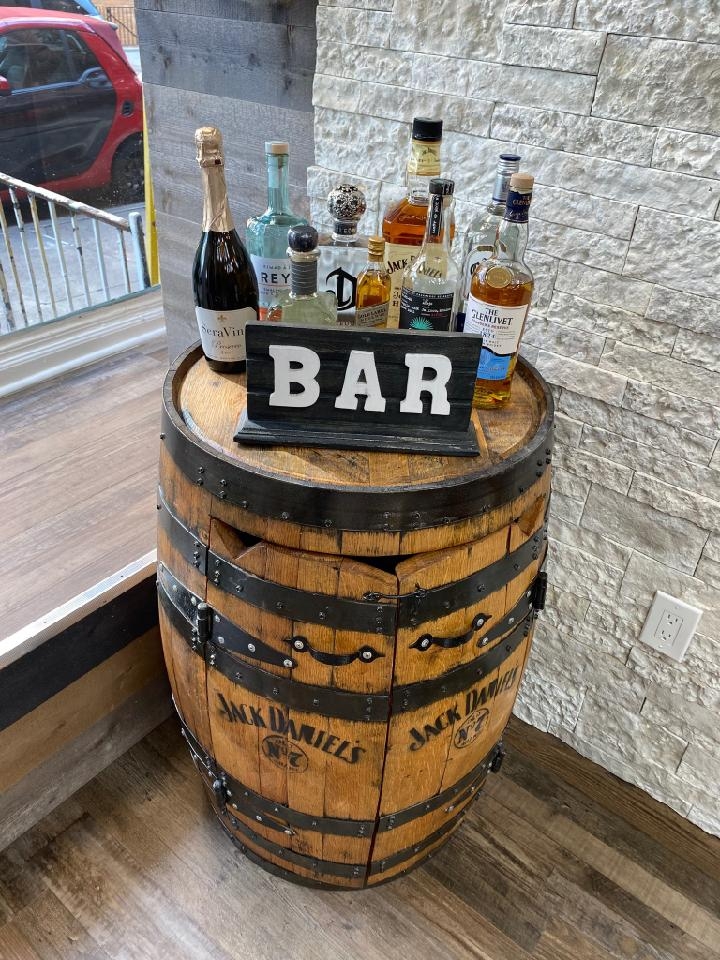
Shaving with a straight razor requires specific techniques to prevent cuts and irritation. It is essential to maintain a proper angle (approximately 30 degrees) while shaving and to use short, gentle strokes. Stretching the skin taut and shaving with the grain of the hair can also help reduce the risk of cuts. Proper preparation of the skin with warm water and shaving cream or gel can soften the hair and make shaving with a straight razor smoother and more comfortable.
The shaving experience with a cartridge razor versus a double-edge razor differs in several ways. Cartridge razors typically have multiple blades and a pivoting head, making them easier to use for beginners and providing a quicker shave. However, double-edge razors offer more control and precision, allowing for a closer shave with fewer passes. Double-edge razors are also more cost-effective in the long run, as replacement blades are generally less expensive than cartridge refills.
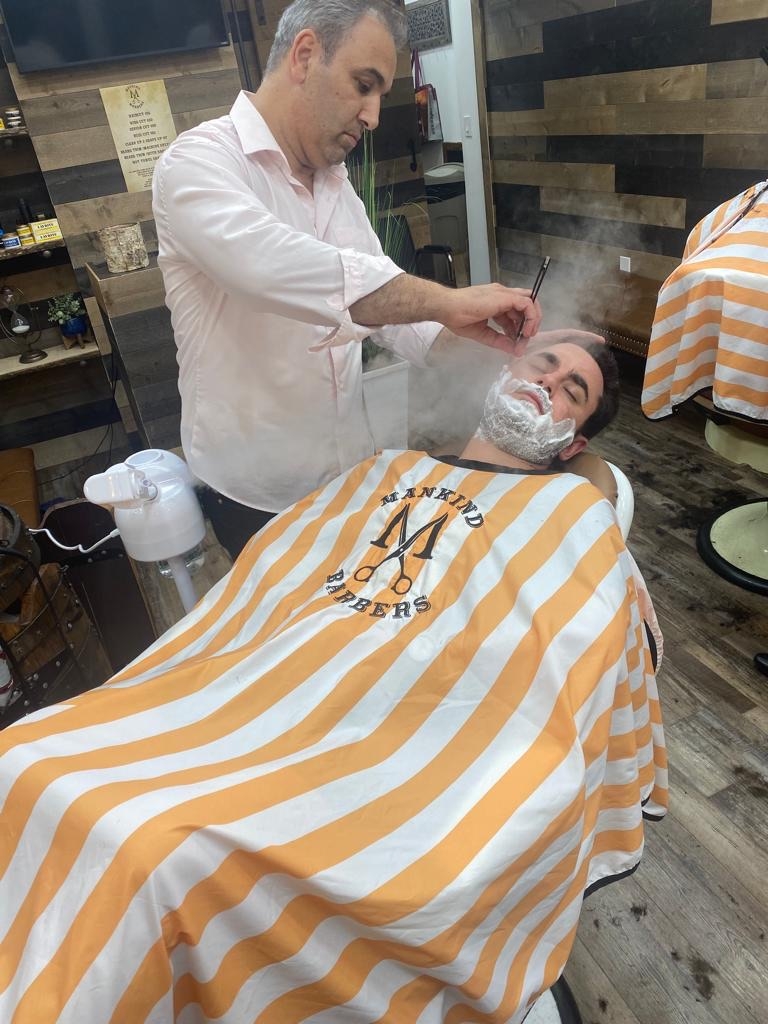
While it is not necessary to use shaving cream or gel with a straight razor, it is highly recommended for a smoother and more comfortable shave. Shaving cream or gel helps to lubricate the skin and hair, reducing friction and irritation during the shaving process. Additionally, the moisture from the shaving cream can soften the hair, making it easier to cut with the razor. Using shaving cream or gel with a straight razor can also provide a protective barrier between the blade and the skin, minimizing the risk of nicks and cuts.
To keep a razor blade sharp and in good condition, it is important to rinse the blade thoroughly after each use to remove any hair, shaving cream, or skin oils that may dull the blade. Storing the razor in a dry place can help prevent rust and corrosion, prolonging the life of the blade. Some people choose to strop their razor blade on a leather strop to maintain its sharpness between uses. Regularly cleaning and maintaining the razor blade can ensure a smooth and effective shave every time.
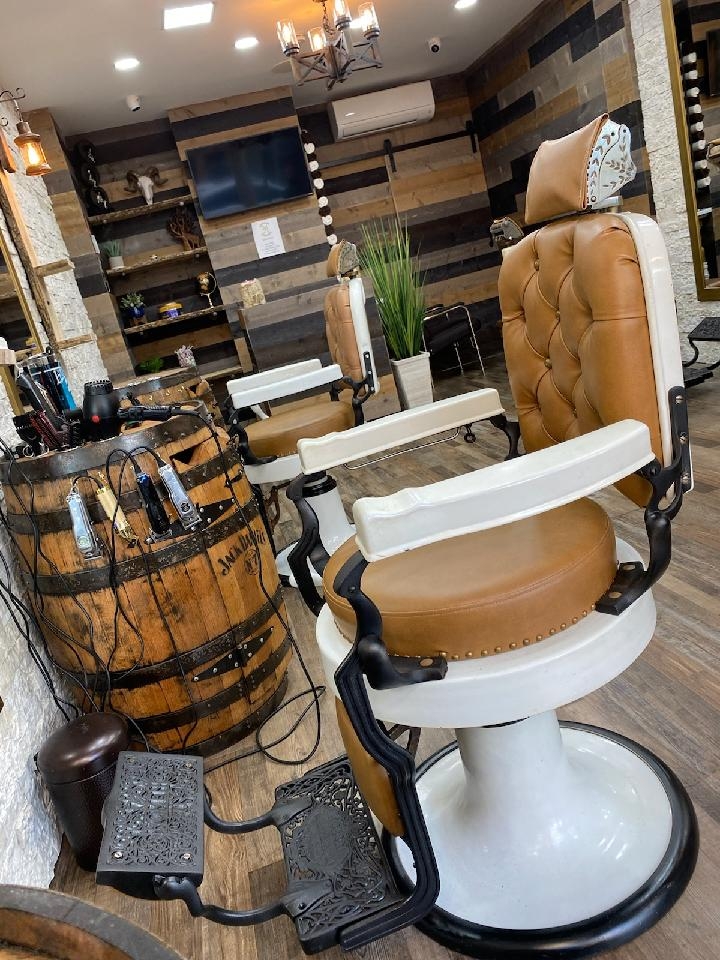
A taper fade and a regular fade are both popular haircut styles that involve gradually decreasing the length of hair from the top of the head down to the sides and back. However, the main difference between the two is the way the hair is blended. In a taper fade, the hair is tapered or faded into the skin, creating a more gradual transition between the longer hair on top and the shorter hair on the sides and back. This results in a more subtle and natural-looking fade. On the other hand, a regular fade typically involves a more abrupt transition between the different lengths of hair, creating a sharper and more defined contrast. Both styles require skill and precision to achieve a clean and polished look.
Achieving a perfectly shaped neckline during a haircut involves several steps to ensure precision and accuracy. The first step is to section off the hair around the neckline using clips or combs to create a clean line of demarcation. Next, the hair should be dampened to make it more manageable for cutting. Using sharp scissors or clippers, the hairstylist will carefully trim the hair along the neckline, following the natural curve of the client's neck. It is important to regularly check for symmetry and balance while cutting to avoid any unevenness. Once the desired shape is achieved, the hair can be styled and finished to enhance the overall look. Proper technique, attention to detail, and skill are essential in achieving a perfectly shaped neckline during a haircut.
Barbershops often cater to a diverse clientele, including children, by offering specialized services such as kids' haircuts. Many barbershops have experienced barbers who are skilled in providing haircuts for children of all ages, from toddlers to teenagers. These barbers may use child-friendly techniques and tools to ensure a comfortable and enjoyable experience for young clients. Some barbershops may also offer additional services tailored specifically for children, such as fun hairstyles, temporary hair coloring, or even themed haircut events. Overall, barbershops that specialize in kids' haircuts provide a welcoming and child-friendly environment for families seeking professional hair services for their children.
A clipper cut and a scissor cut are two different techniques used in hair cutting. A clipper cut involves using electric clippers with various guard sizes to create a uniform length all over the head. This technique is often used for shorter hairstyles and fades. On the other hand, a scissor cut involves using scissors to cut the hair to the desired length and shape. This technique allows for more precision and texture in the haircut. Scissor cuts are commonly used for longer hairstyles and layered looks. While both techniques are used to cut hair, the main difference lies in the tools and methods employed to achieve the desired haircut.
To achieve a high and tight military-style haircut, one must first select a skilled barber experienced in military haircuts. The barber will use clippers with various guard sizes to create a precise fade on the sides and back of the head, leaving the hair very short. The top of the head is typically left slightly longer, but still very short and neat. The hairline is squared off and the neckline is tapered for a clean, sharp look. Some barbers may use a straight razor for added precision. The overall result is a low-maintenance, professional haircut that is easy to maintain and looks sharp at all times.